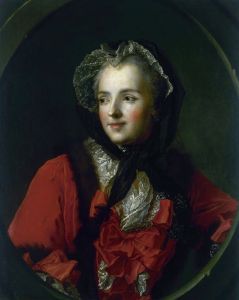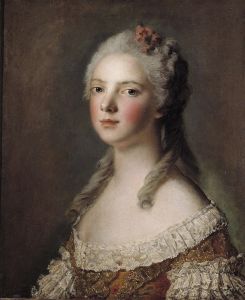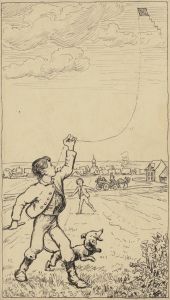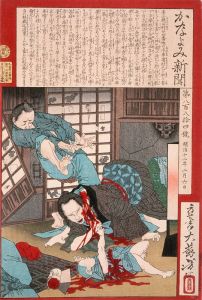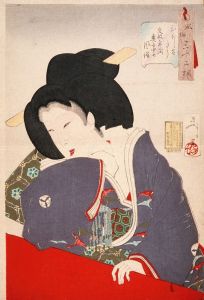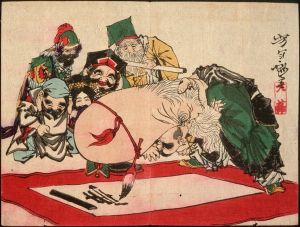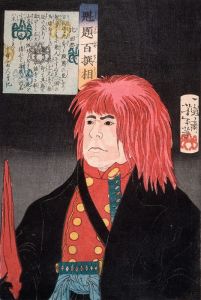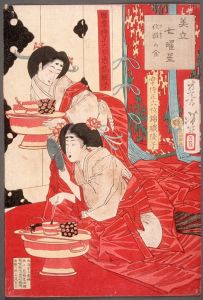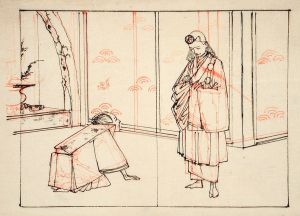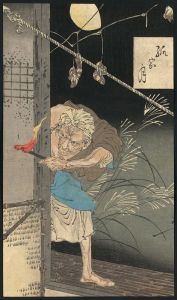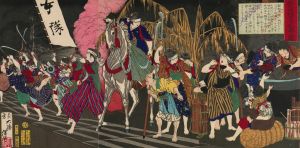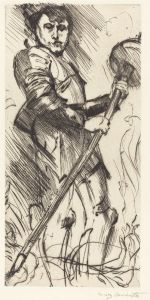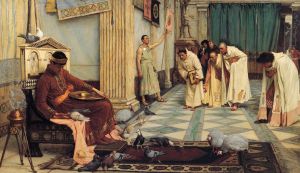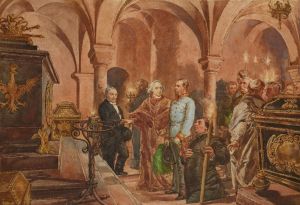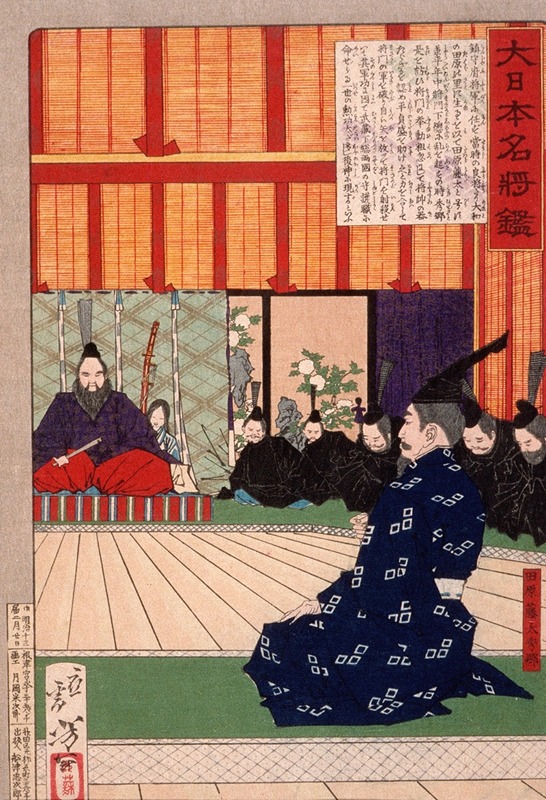
Tawara Tōda Hidesato in Audience with the Emperor
A hand-painted replica of Tsukioka Yoshitoshi’s masterpiece Tawara Tōda Hidesato in Audience with the Emperor, meticulously crafted by professional artists to capture the true essence of the original. Each piece is created with museum-quality canvas and rare mineral pigments, carefully painted by experienced artists with delicate brushstrokes and rich, layered colors to perfectly recreate the texture of the original artwork. Unlike machine-printed reproductions, this hand-painted version brings the painting to life, infused with the artist’s emotions and skill in every stroke. Whether for personal collection or home decoration, it instantly elevates the artistic atmosphere of any space.
Tsukioka Yoshitoshi (1839–1892) was a prominent Japanese ukiyo-e artist, known for his innovative and dramatic woodblock prints. One of his works, Tawara Tōda Hidesato in Audience with the Emperor, depicts a legendary scene from Japanese folklore involving the historical figure Fujiwara no Hidesato, also known as Tawara Tōda.
Fujiwara no Hidesato was a 10th-century samurai who became a celebrated figure in Japanese legend. He is best known for his encounter with a giant centipede on Mount Mikami, a tale that solidified his reputation as a heroic warrior. According to the legend, Hidesato was approached by a dragon king (Ryūjin) in the form of a human, who sought his help in defeating the monstrous centipede that was terrorizing the dragon king’s realm. Hidesato successfully killed the centipede with his bow and arrows, earning the gratitude of the dragon king. As a reward, he was presented with treasures, including a bottomless bag of rice, which is the origin of his nickname, Tawara Tōda, meaning "Rice-bag Tōda."
The artwork by Yoshitoshi portrays Hidesato in a formal audience with the emperor, a scene that emphasizes his elevated status and recognition following his legendary deeds. Yoshitoshi’s style in this piece reflects his mastery of detail and composition, combining traditional ukiyo-e techniques with a dynamic sense of storytelling. The print captures the grandeur of the imperial court and the dignified presence of Hidesato, highlighting his role as both a historical and mythical figure.
Yoshitoshi was active during the late Edo and early Meiji periods, a time of significant cultural and political transformation in Japan. His works often bridged traditional Japanese themes with the evolving artistic sensibilities of the era. Tawara Tōda Hidesato in Audience with the Emperor is part of Yoshitoshi’s broader exploration of historical and legendary subjects, showcasing his ability to bring these stories to life through vivid imagery.
This artwork is an example of Yoshitoshi’s contribution to the preservation and reinterpretation of Japanese folklore, ensuring that figures like Tawara Tōda Hidesato remain an enduring part of Japan’s cultural heritage.





